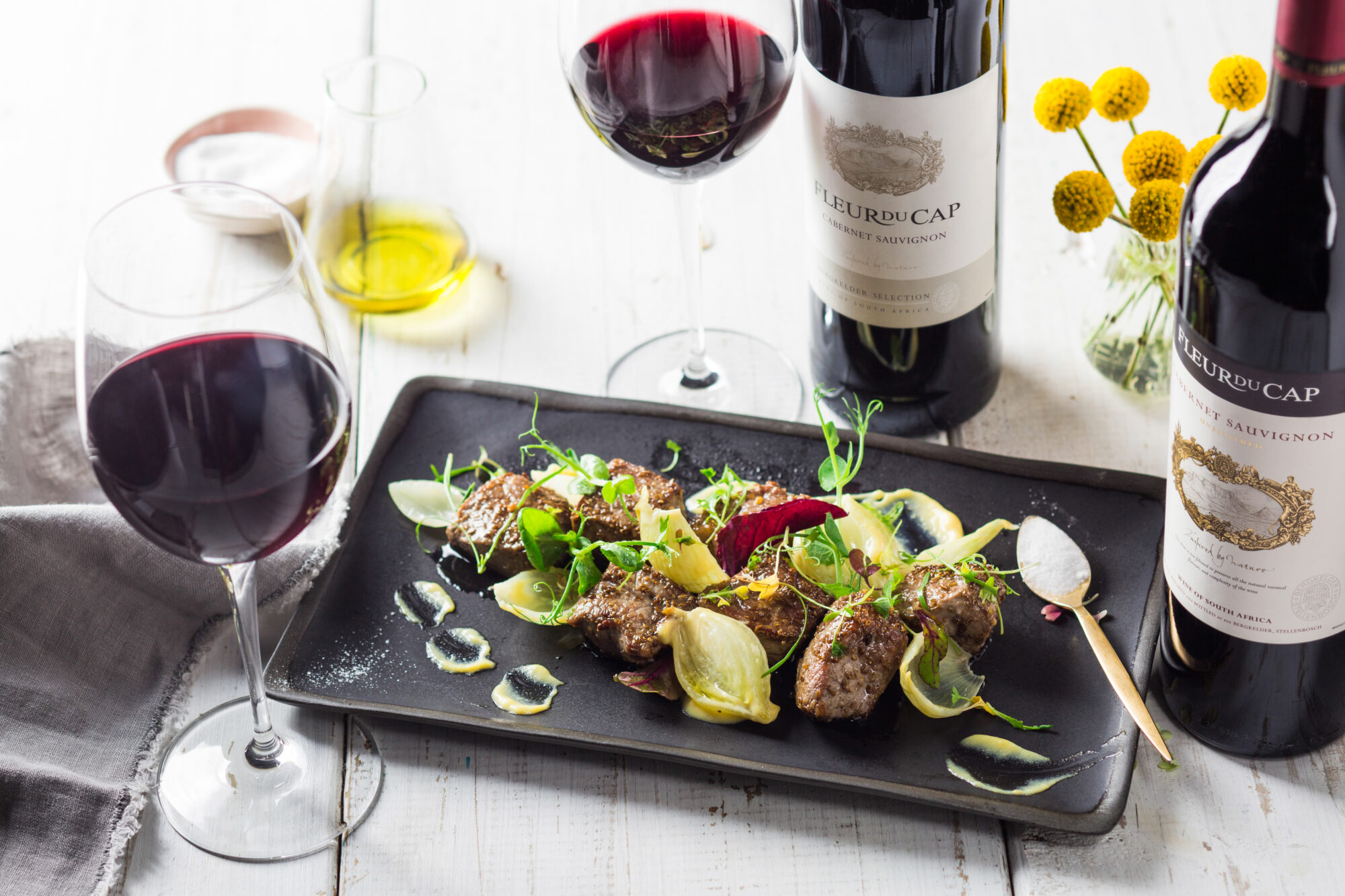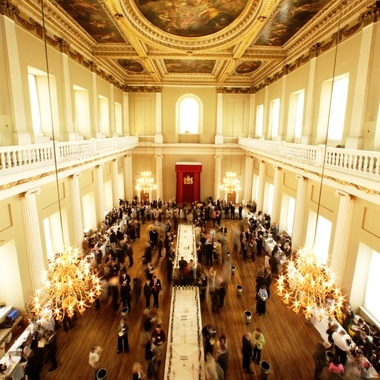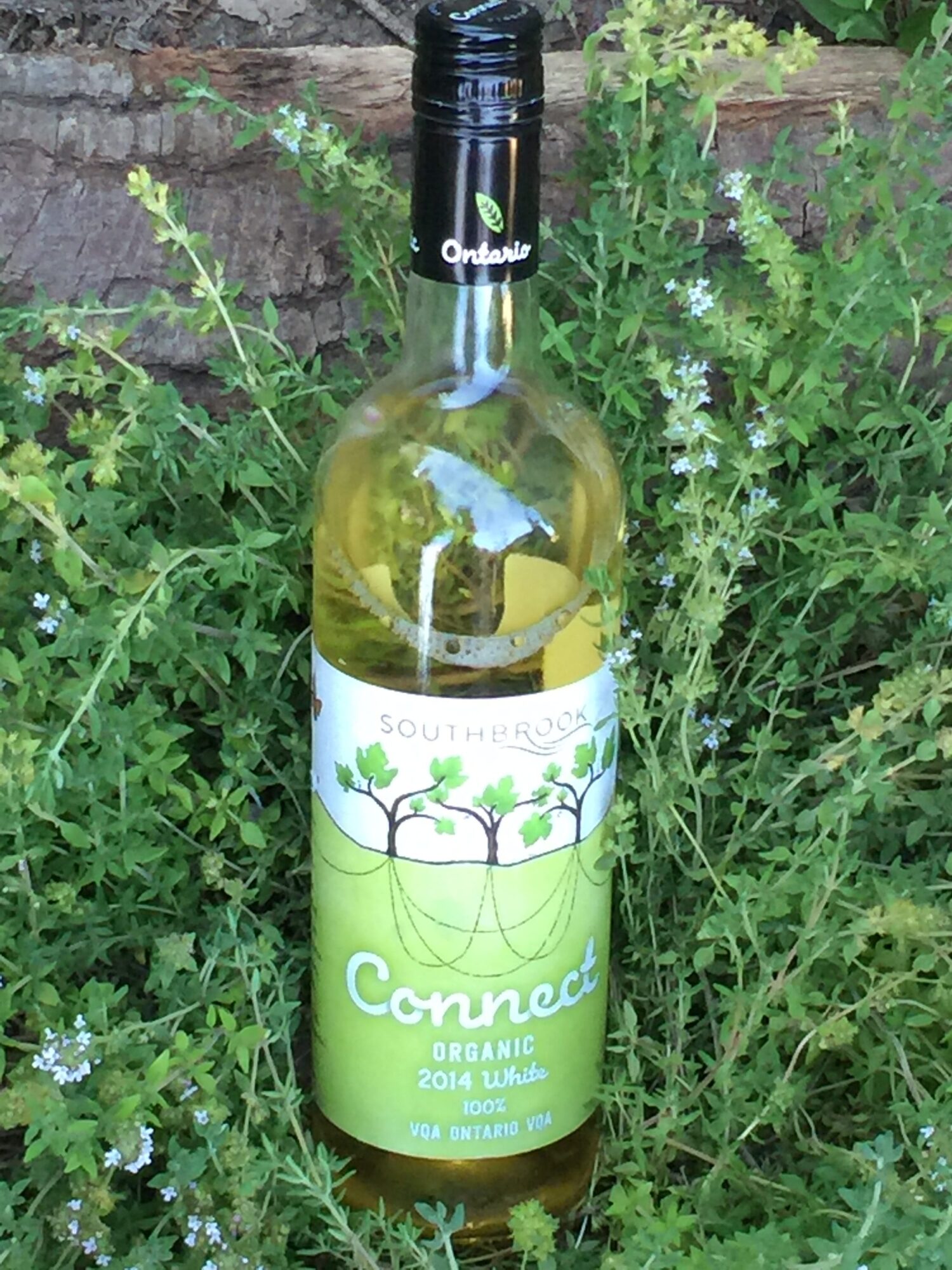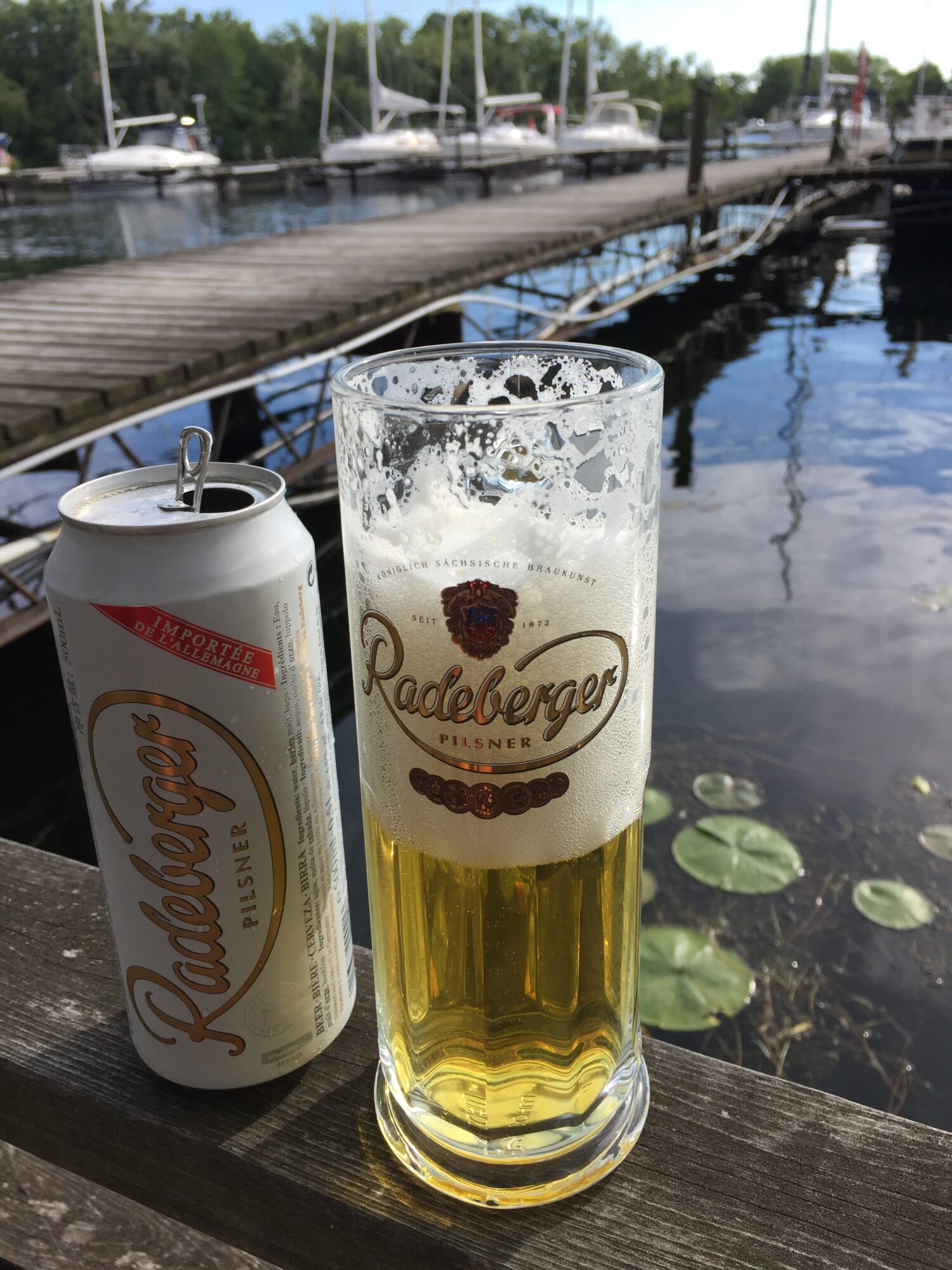 South Africa’s critically acclaimed-chef Craig Cormack has teamed up with Fleur du Cap winery to create specially designed dishes, which are seasoned with unique salts and perfectly paired with award-winning unfiltered Fleur du Cap wines.
South Africa’s critically acclaimed-chef Craig Cormack has teamed up with Fleur du Cap winery to create specially designed dishes, which are seasoned with unique salts and perfectly paired with award-winning unfiltered Fleur du Cap wines.
Just as there are regions for wine growing, there are also regions for salt. Craig has sourced out black lava salt from the volcanic rock pools of Hawaii, the sea and desert of South Africa’s arid West Coast, Khoisan and Oryx Desert salt, pink Murray River Salt from Australia, and rare Persian Blue Salt from rock crystals.
Craig explains the process: “One of the challenges when pairing salt and wine is to create food that will enhance the wine without dominating it. The natural process of crafting Fleur du Cap wines by allowing the style inherent in the grapes to guide the winemaking team, works particularly well with unrefined, artisanal salts, reverting back to nature in both the food and the wines.”
Some of Craig’s pairings include: Merlot paired with Beef Carpaccio paired with Kala Namak Salt; Chenin Blanc paired with Pizzadeliere paired with Caviar Salt; Cabernet Sauvignon paired with Salted Beef paired with Oryx Salt; Pinotage paired with Salted Peanut, Chocolate and Banana Mouse paired with Peruvian Salt, amongst others. Each dish has a unique salt profile which, when paired with Fleur du Cap wine, brings out the complex flavours of these varietals.
Situated in the hart of Stellenbosch wine country, Fleur du Cap vineyards reflect the rich biodiversity of the Cape Floral Kingdom. One of only six such plant kingdoms in the world – home to over 9,600 plant species.
“Our wines are crafted with nature in mind based on our winemaking philosophy of Regional Excellence”
My favorite pairing
Cabernet Sauvignon paired with Salted Beef paired with Oryx Salt
Oryx Salt
South Africa; natural white unprocessed and sundried; trace minerals
Fleur du Cap Unfiltered Cabernet Sauvignon 2014
Tasting Notes
Complex flavours of blackcurrant, blueberry with hints of violets and mocha; integrated oaking adds firm tannins, which give a long finish.
Blend
100% Cabernet Sauvignon
Food Suggestions
This complex wine is the ideal accompaniment to fillet of beef and roast lamb but goes equally well with rich, robust dishes and strong cheeses.





